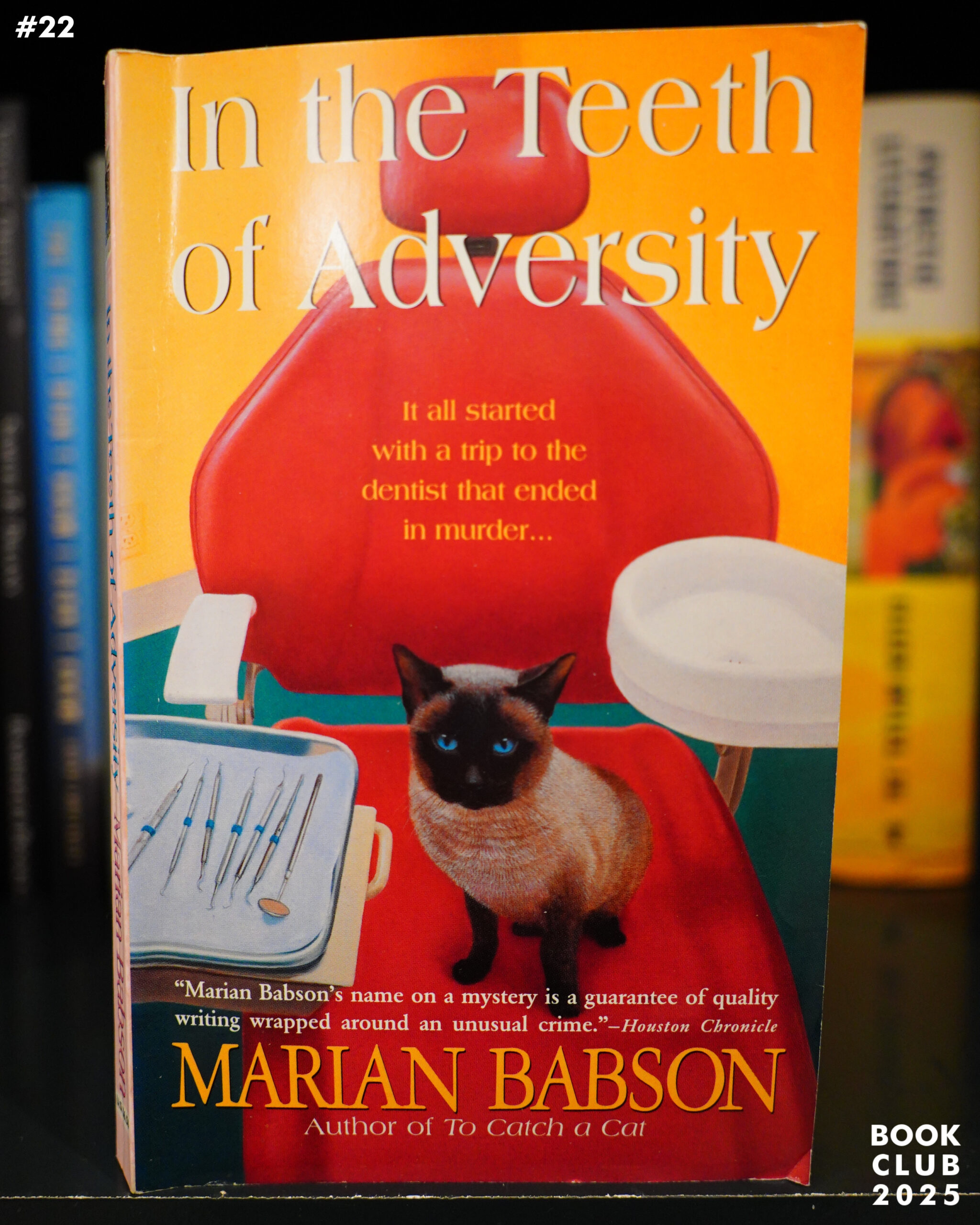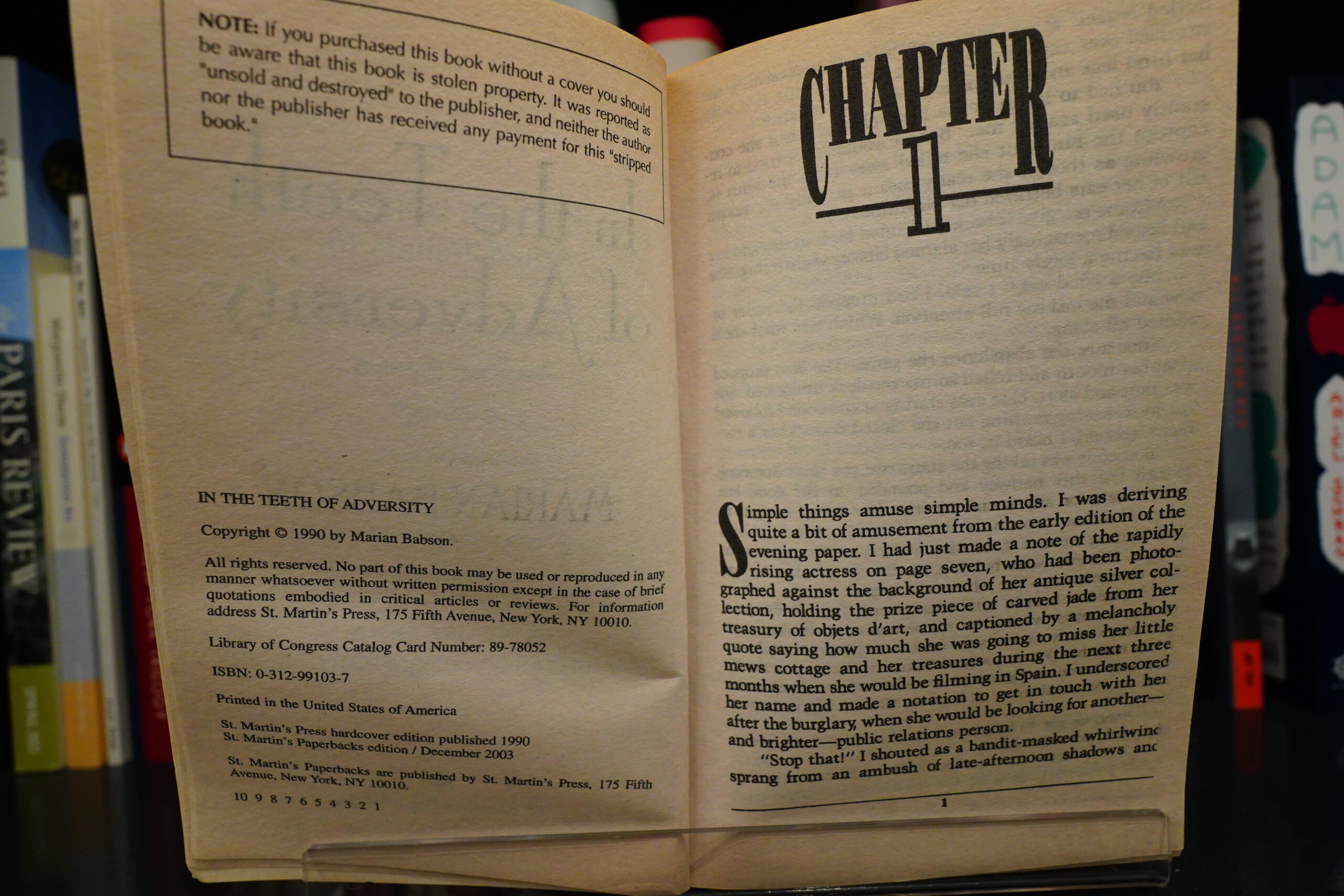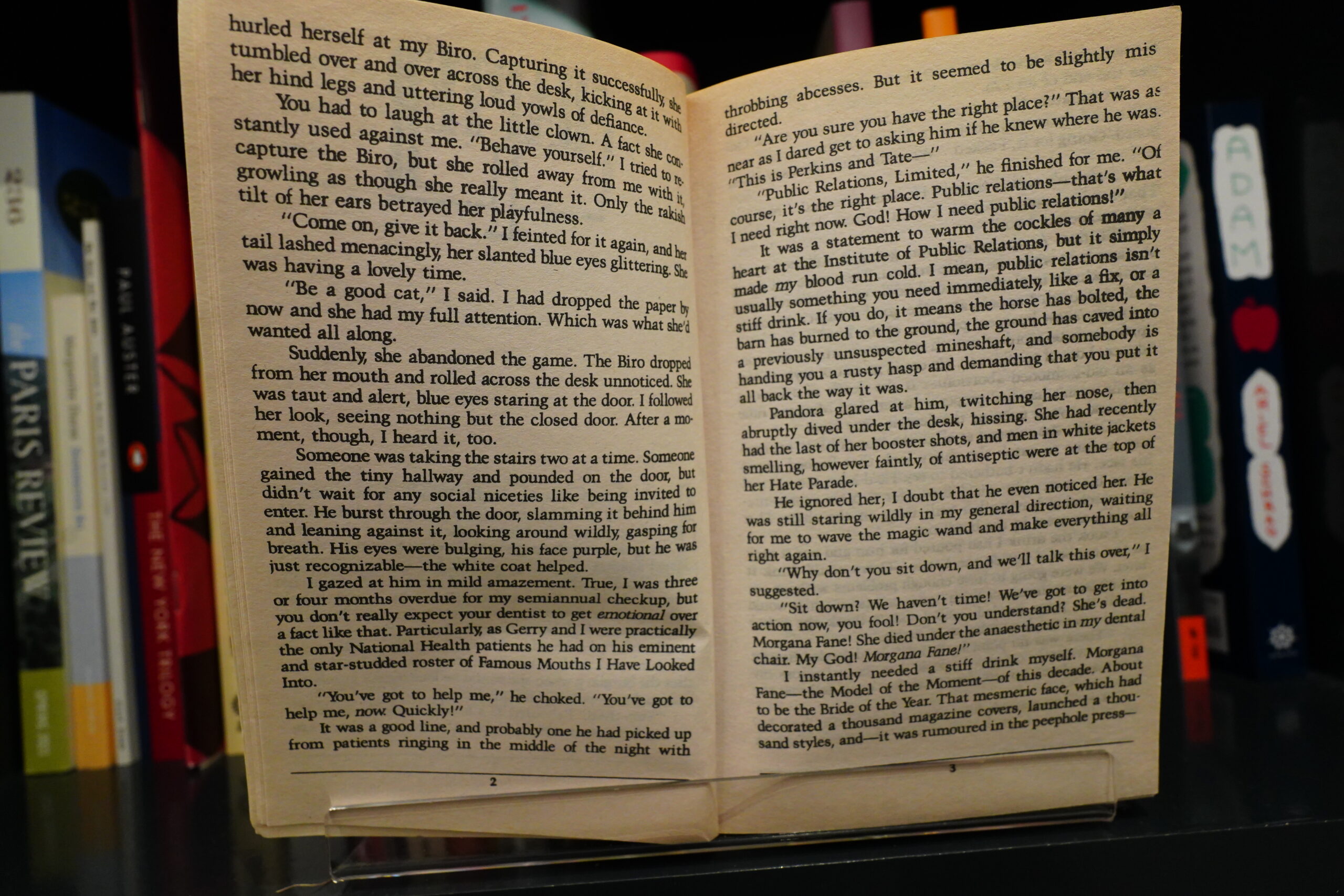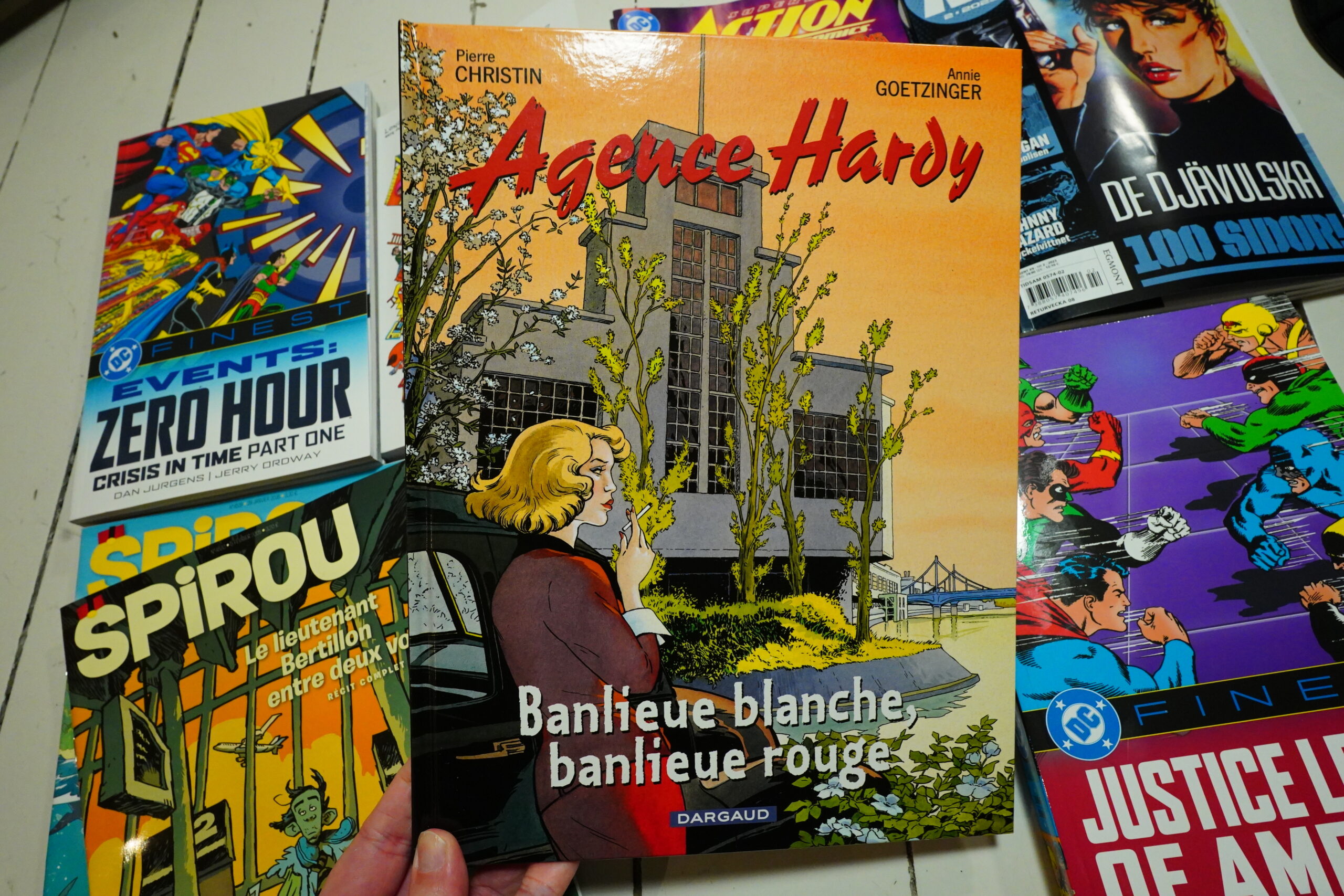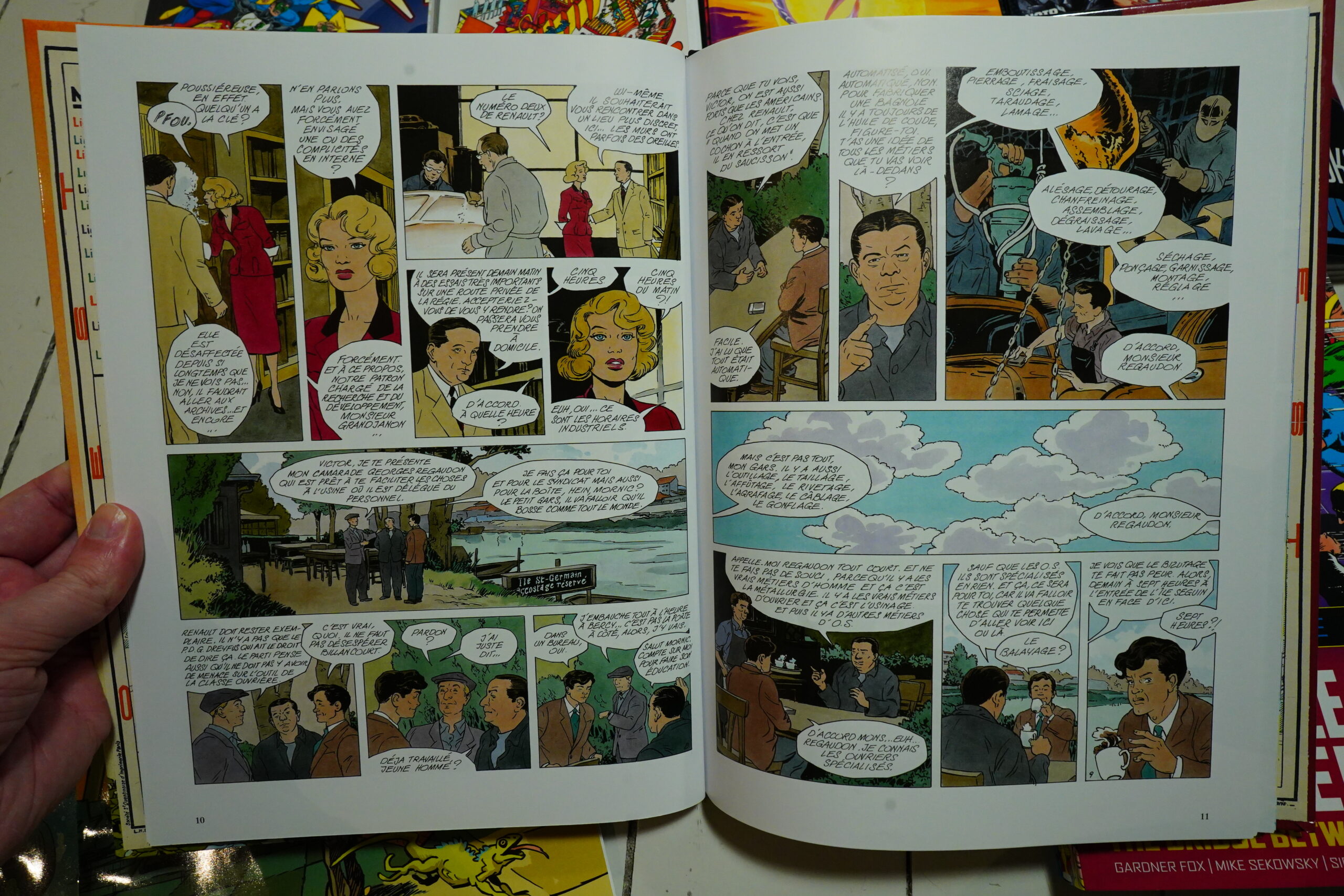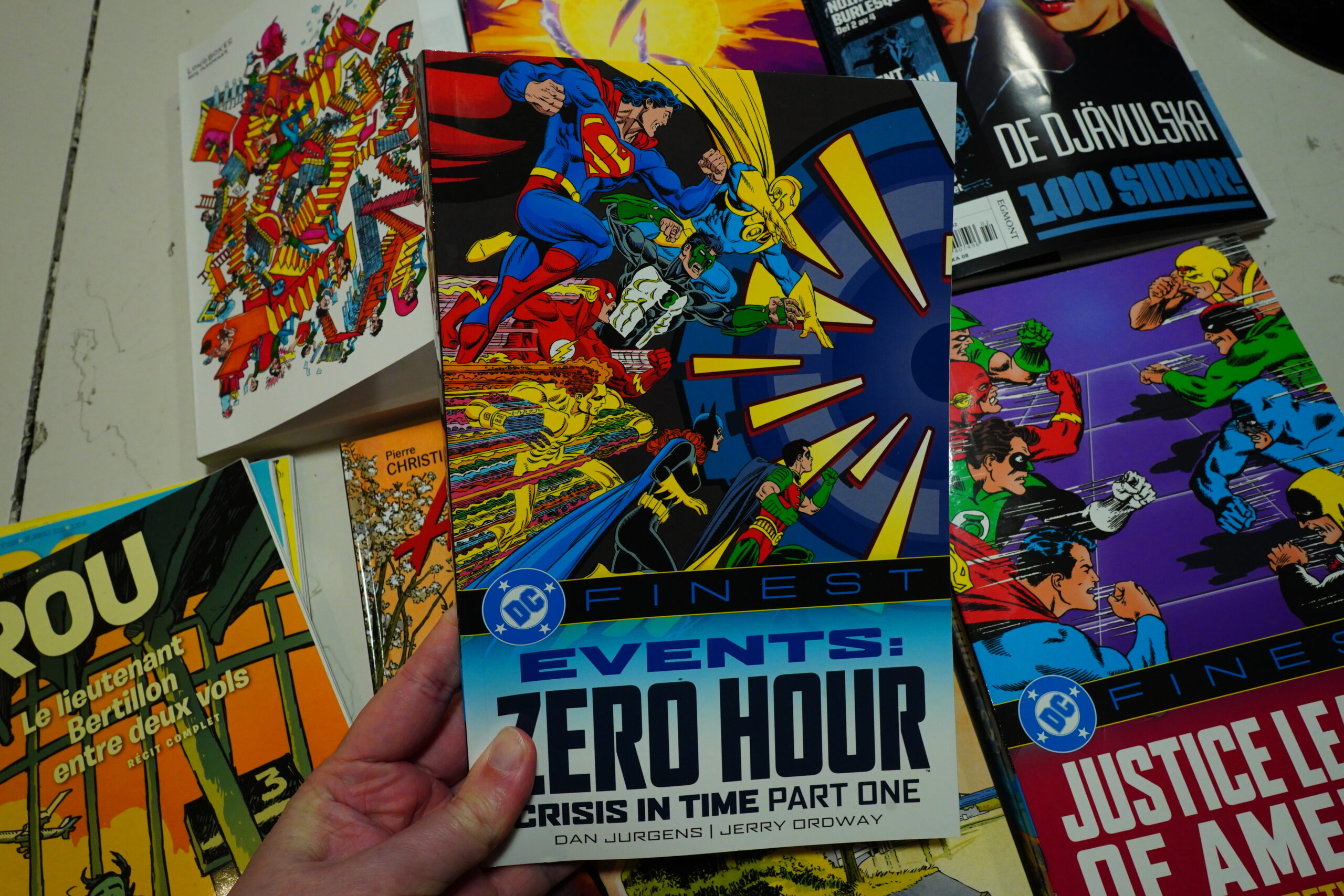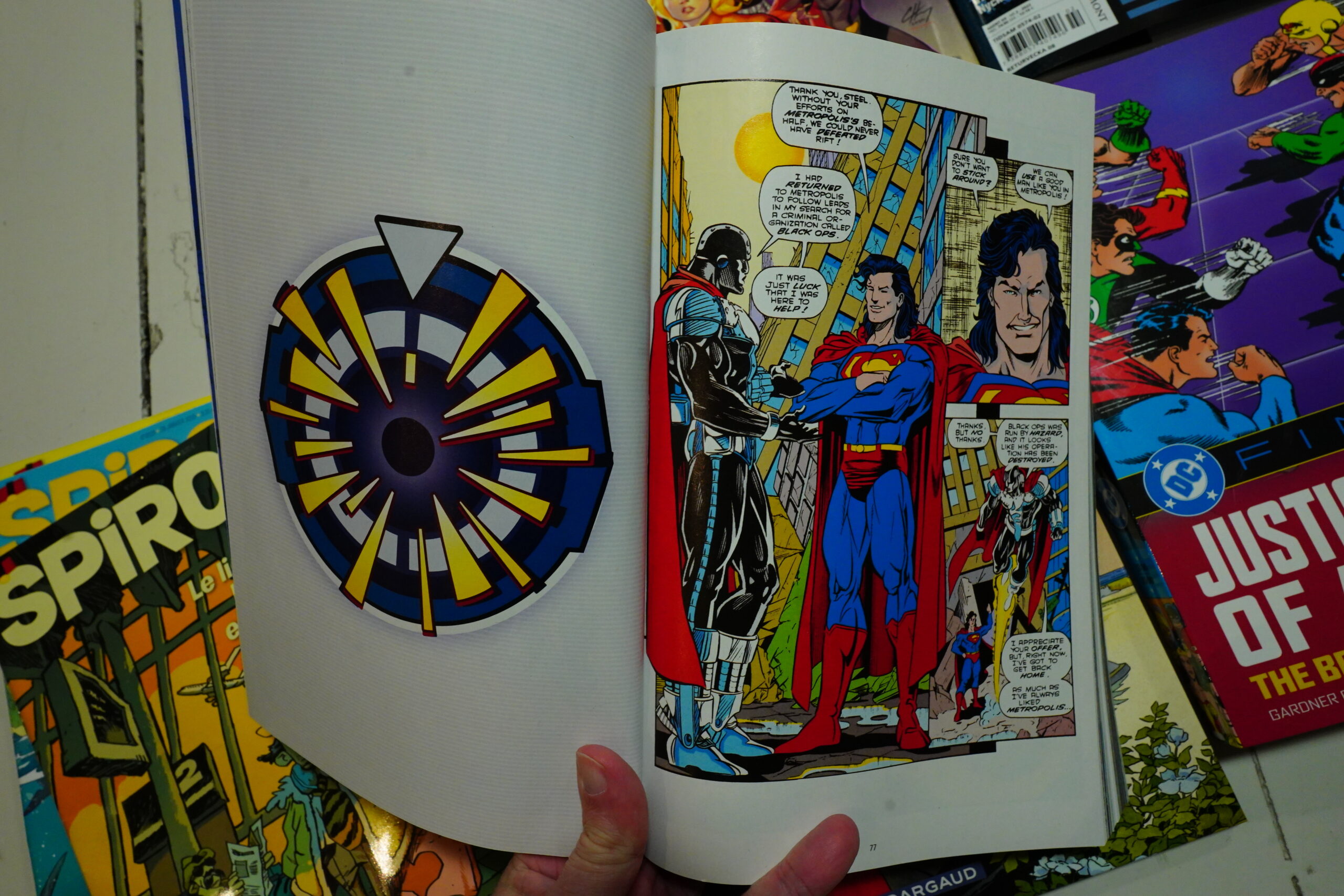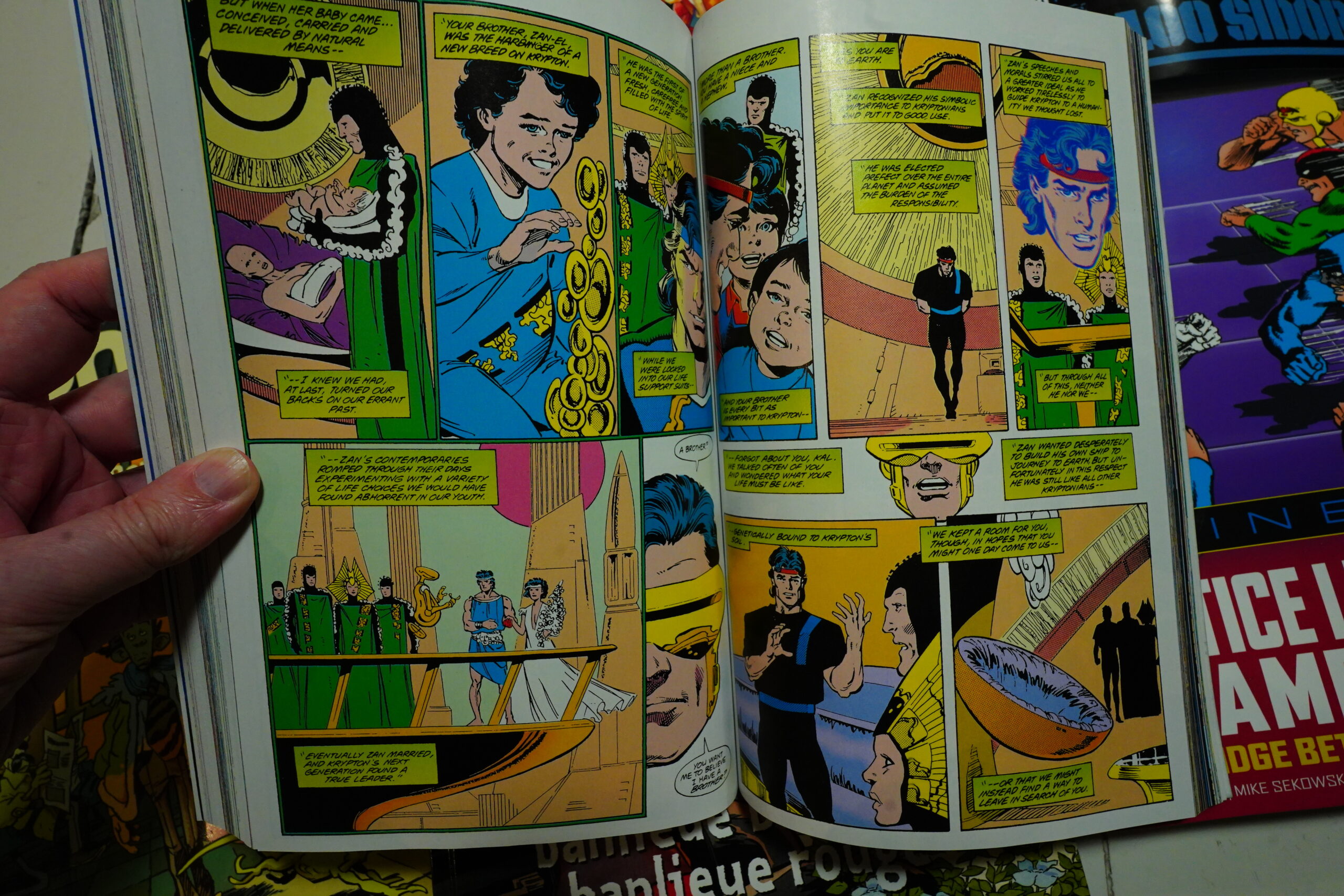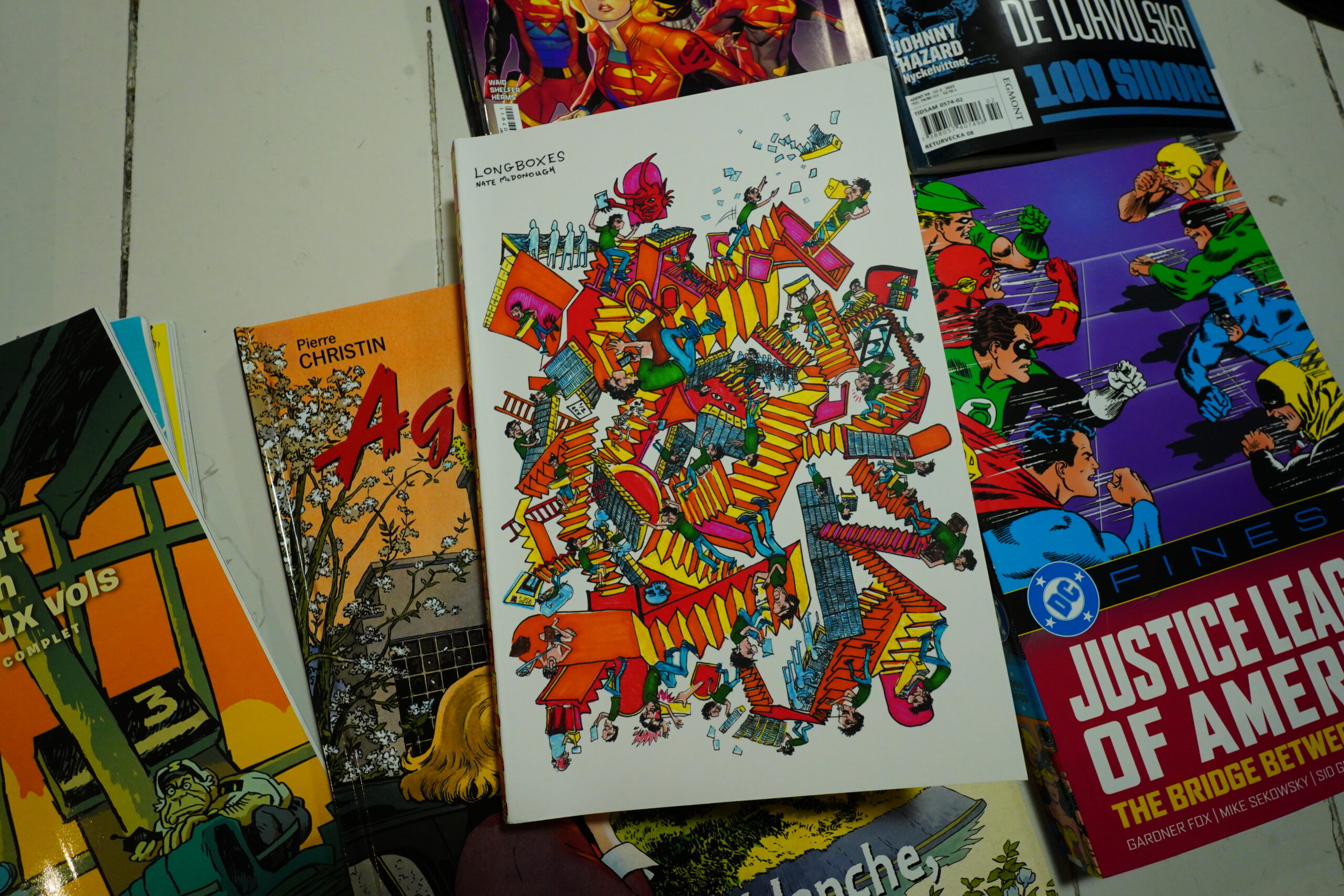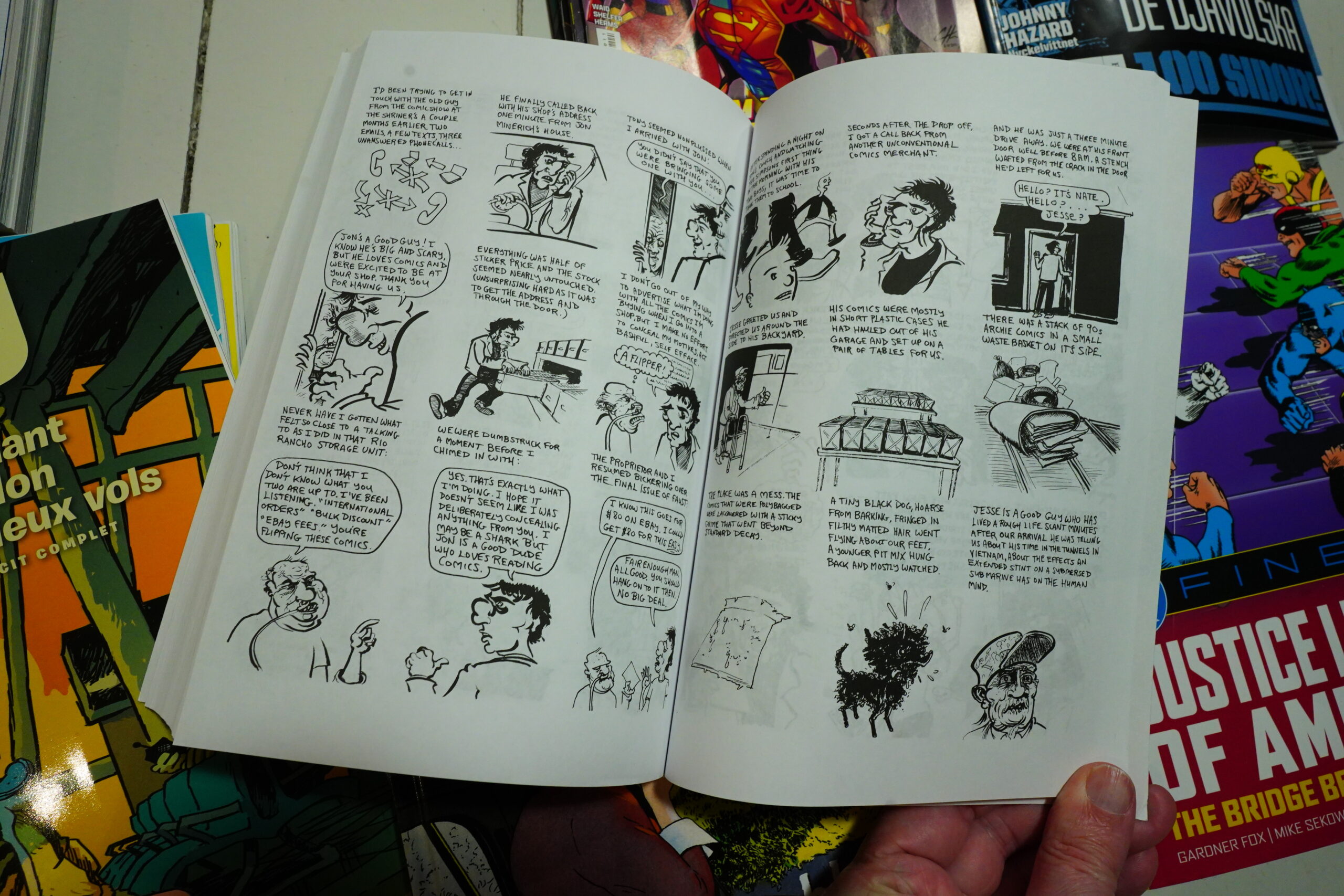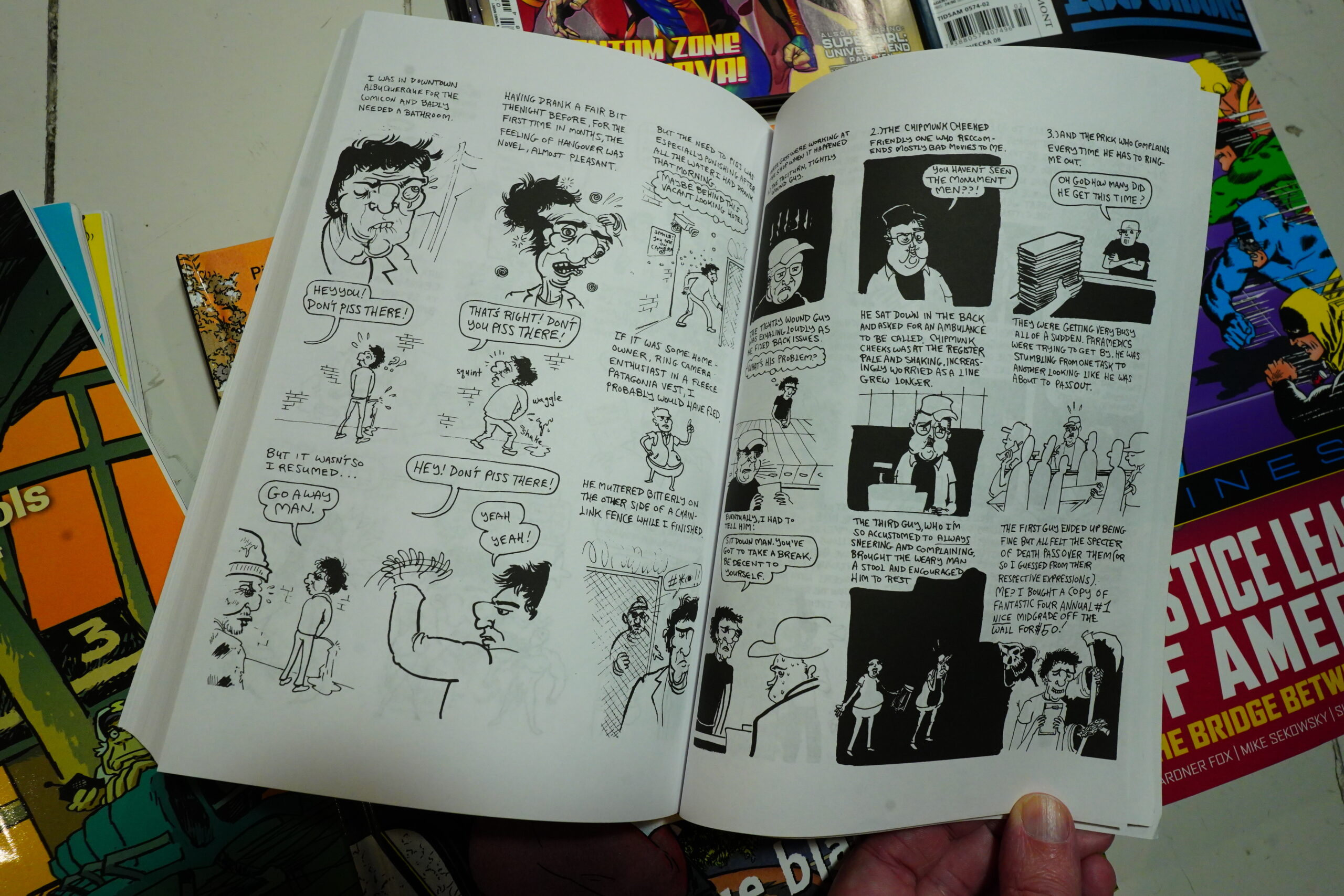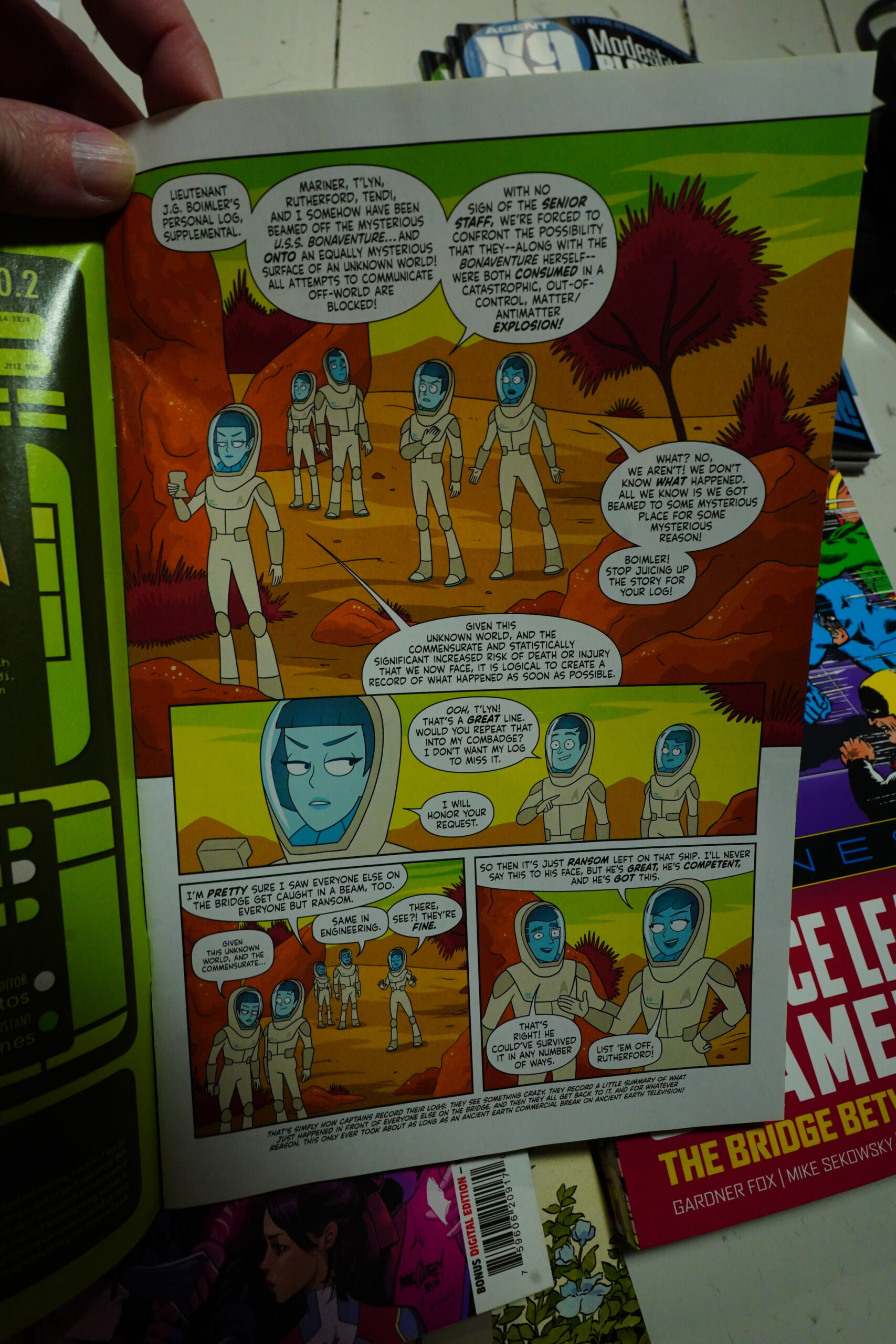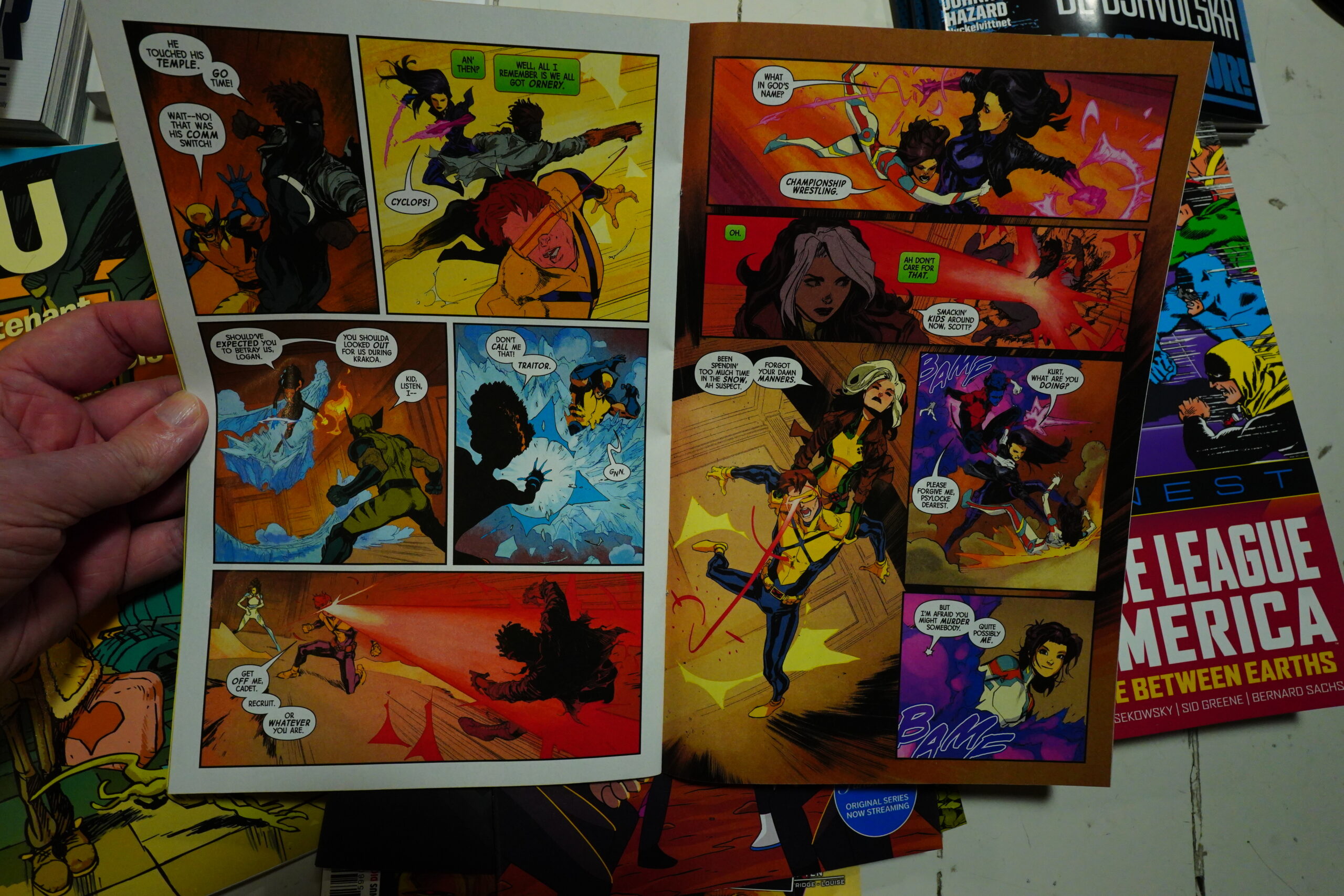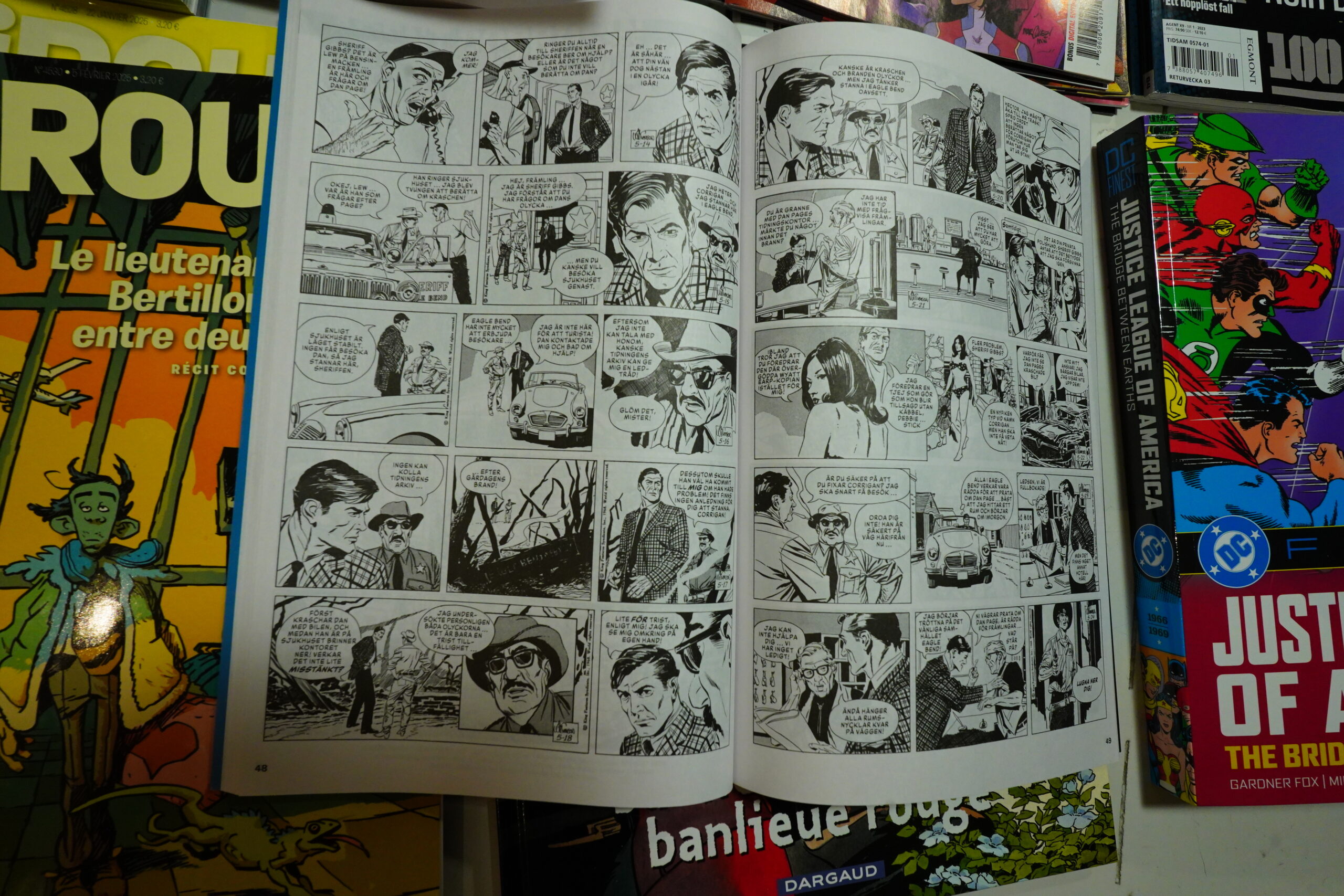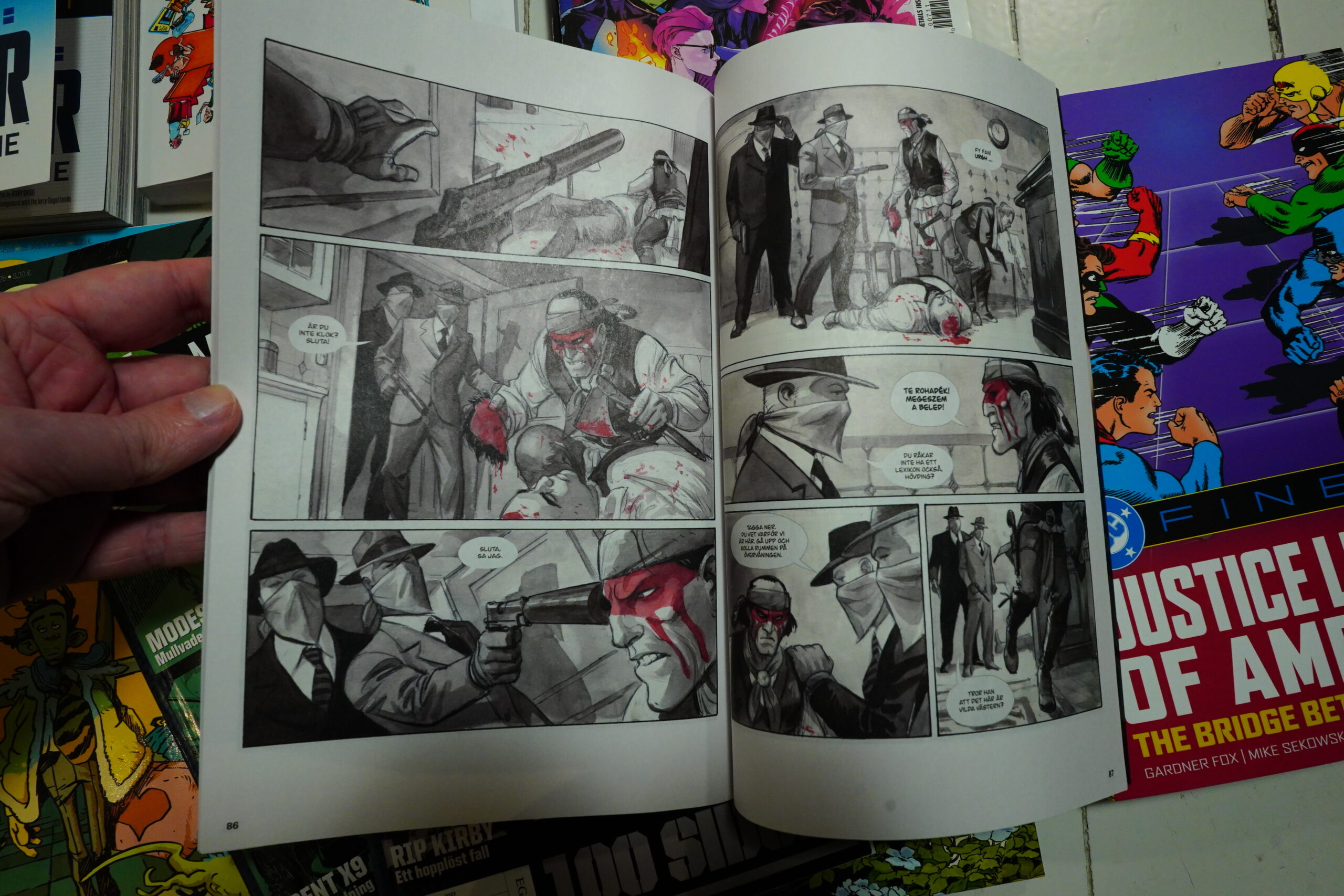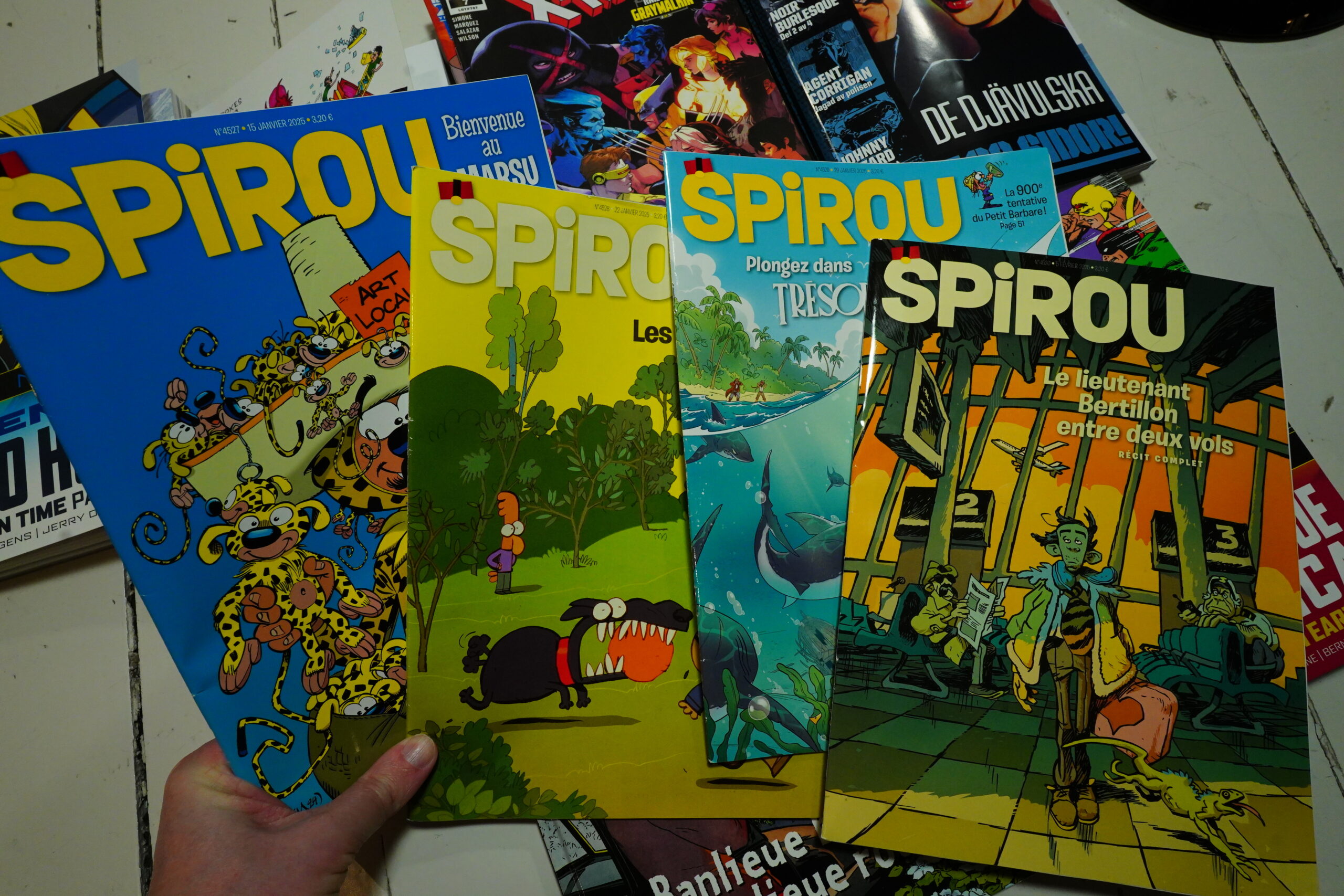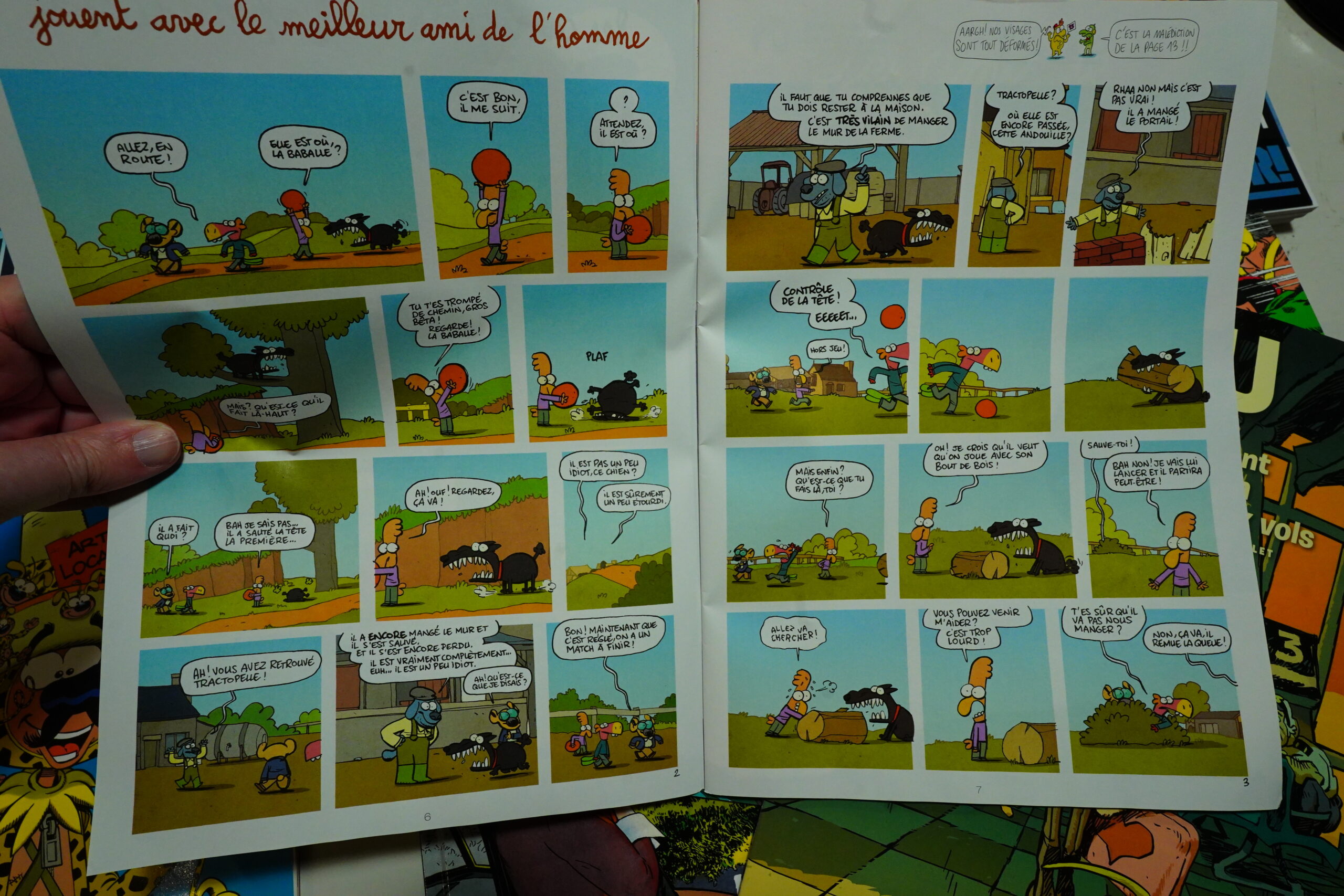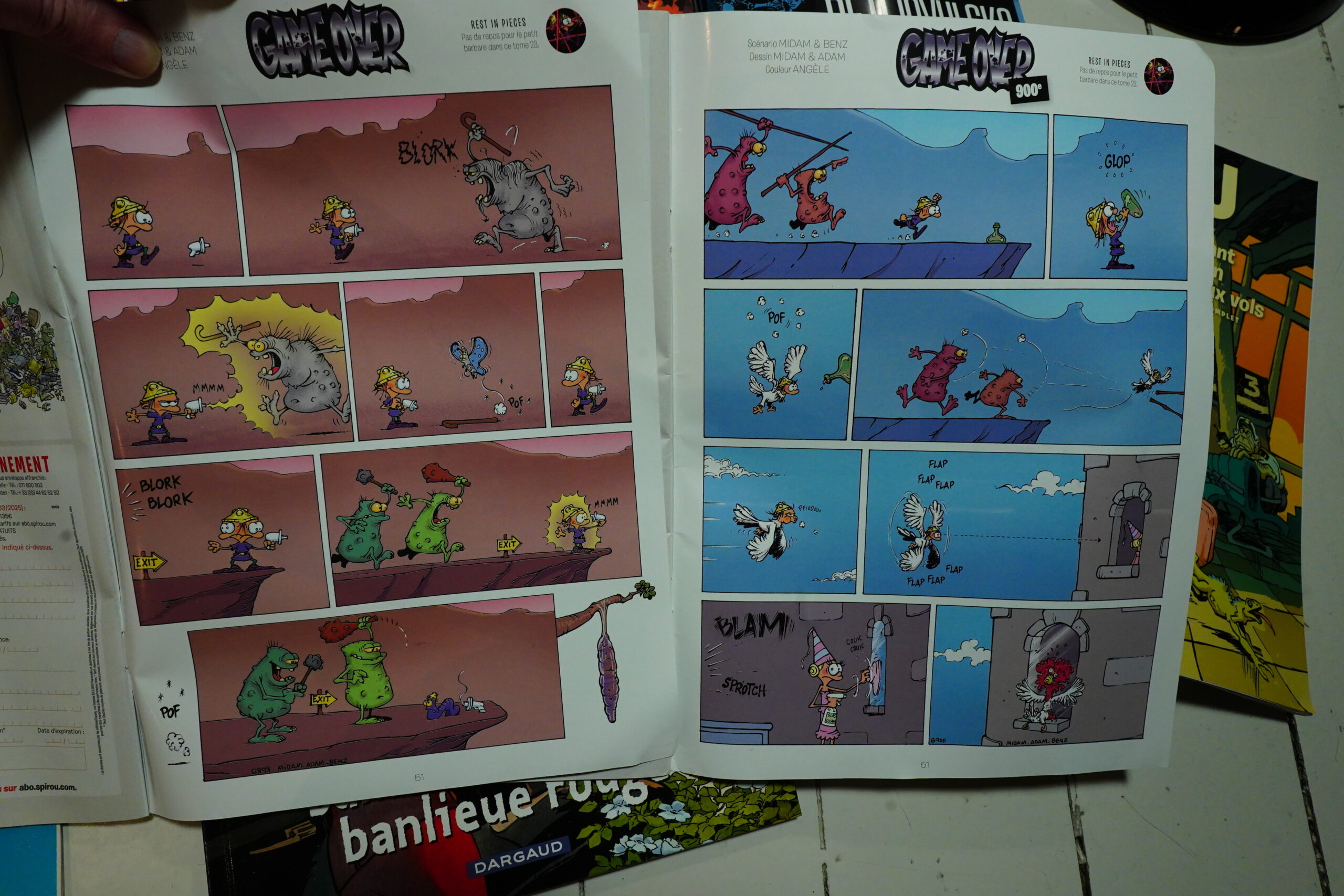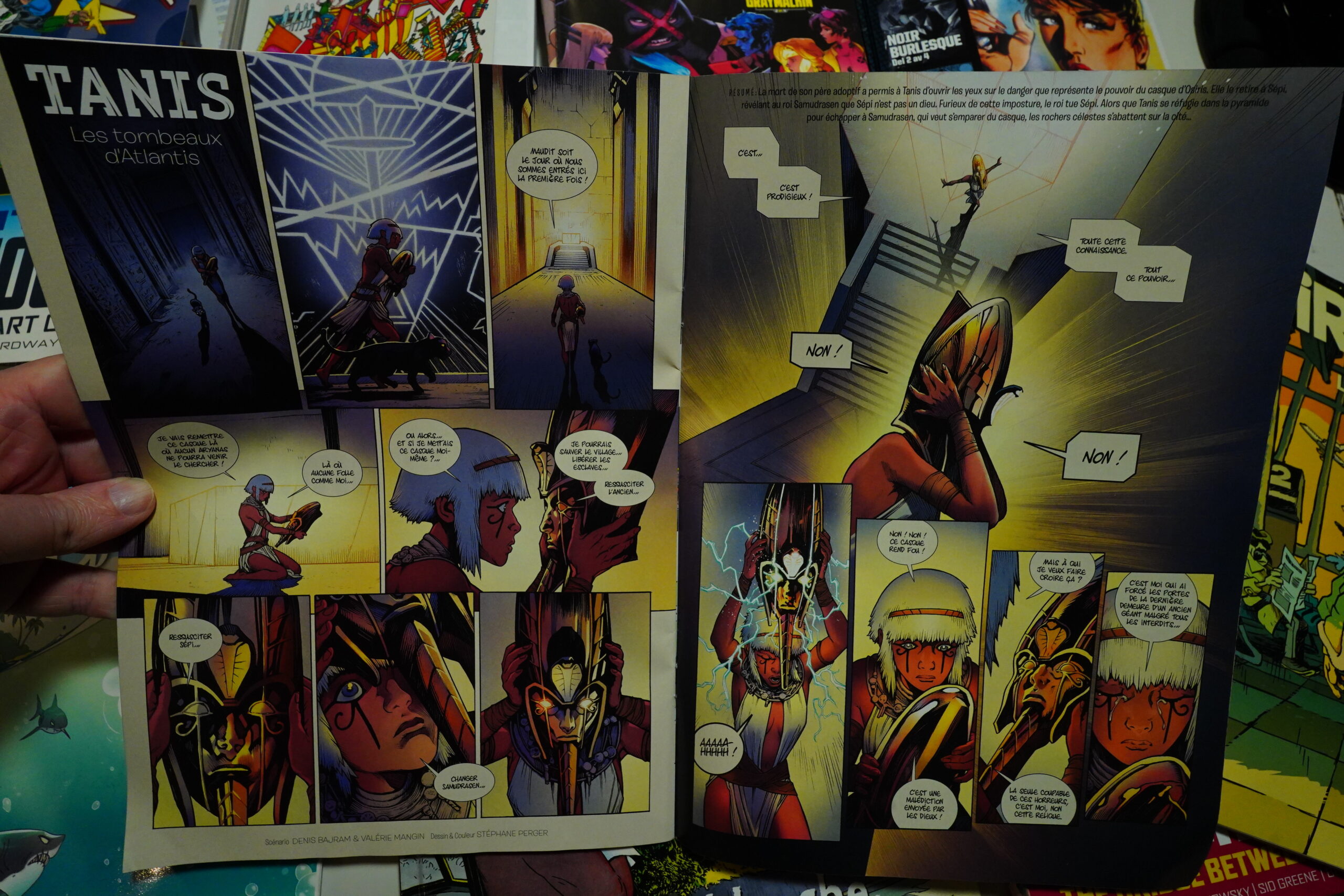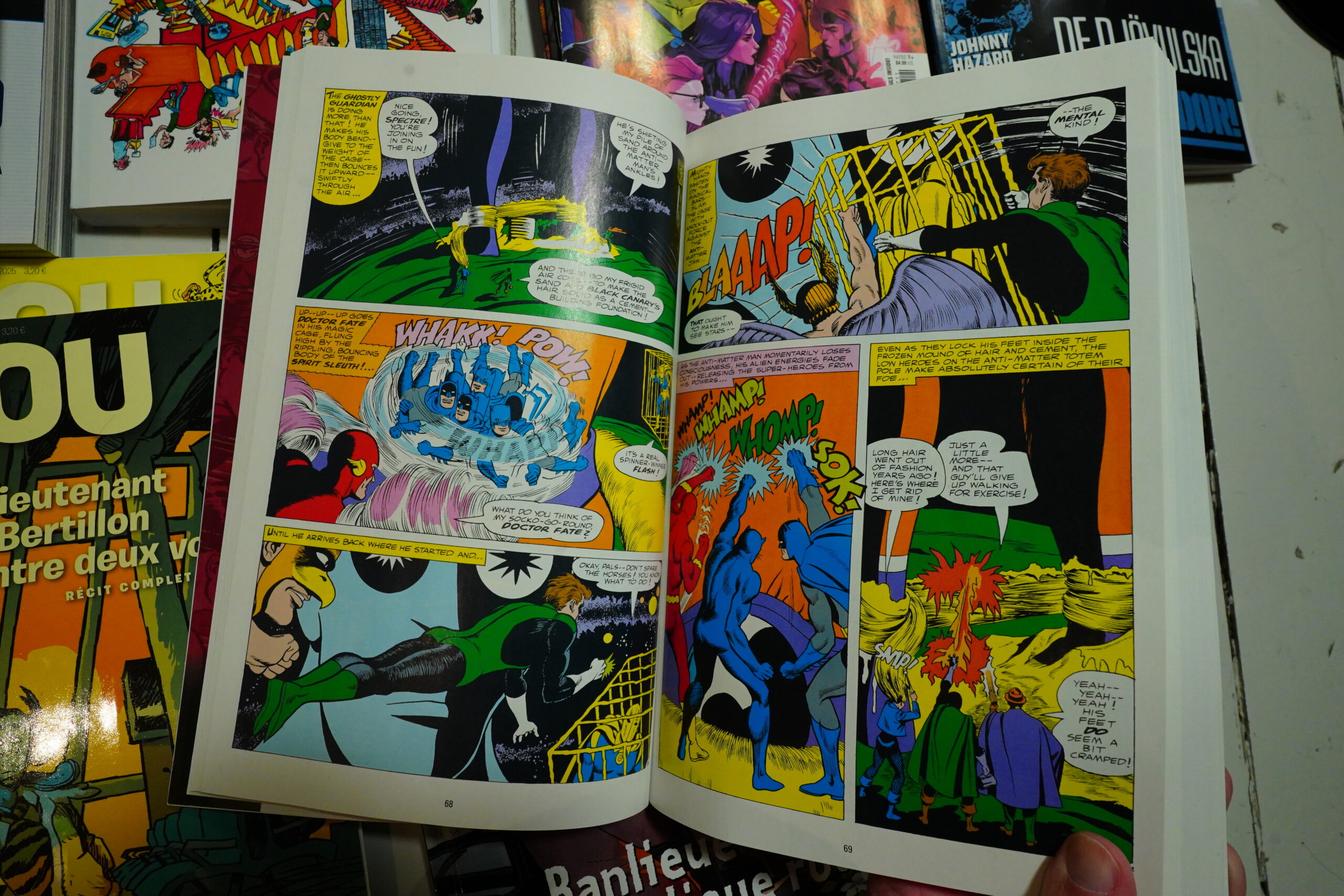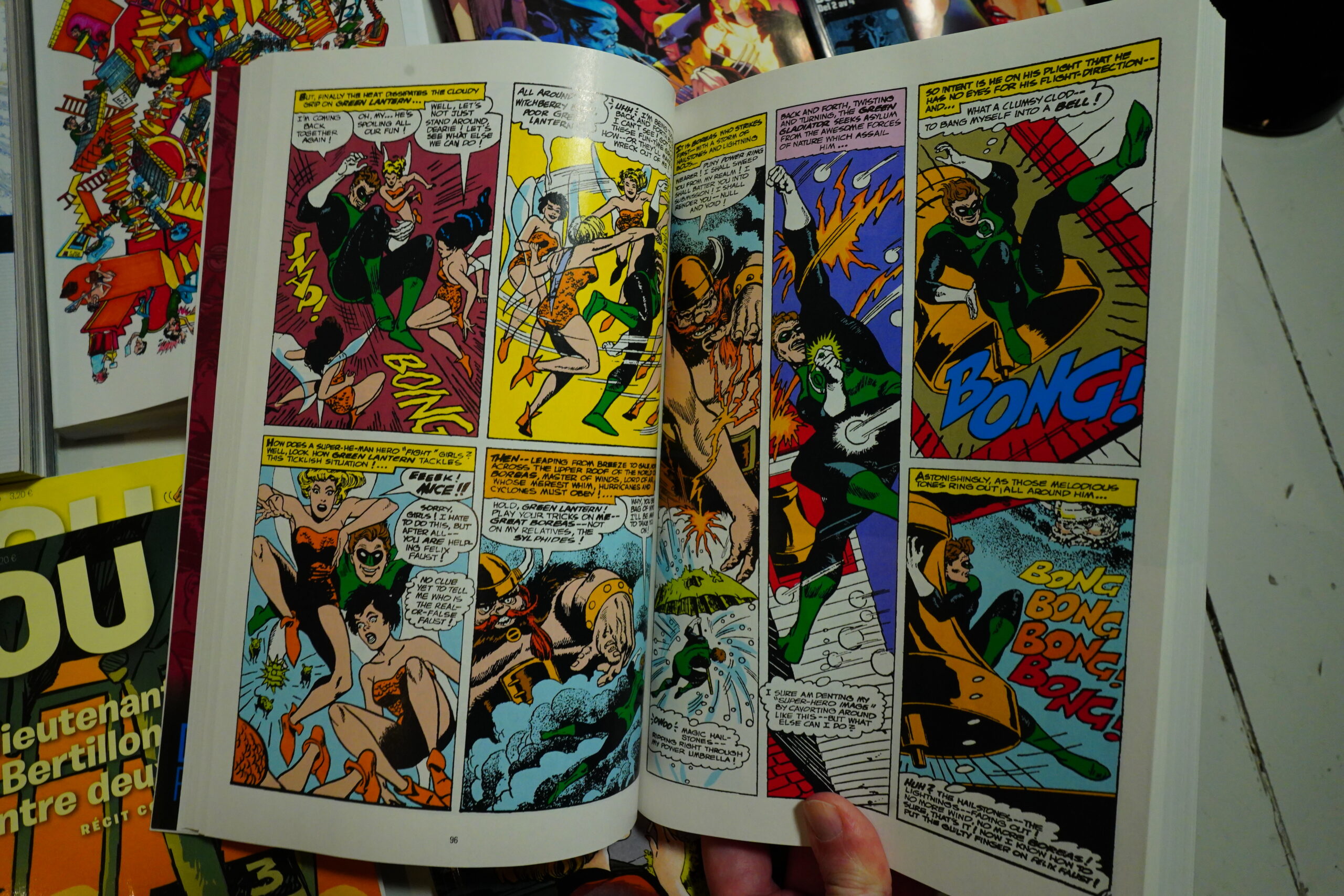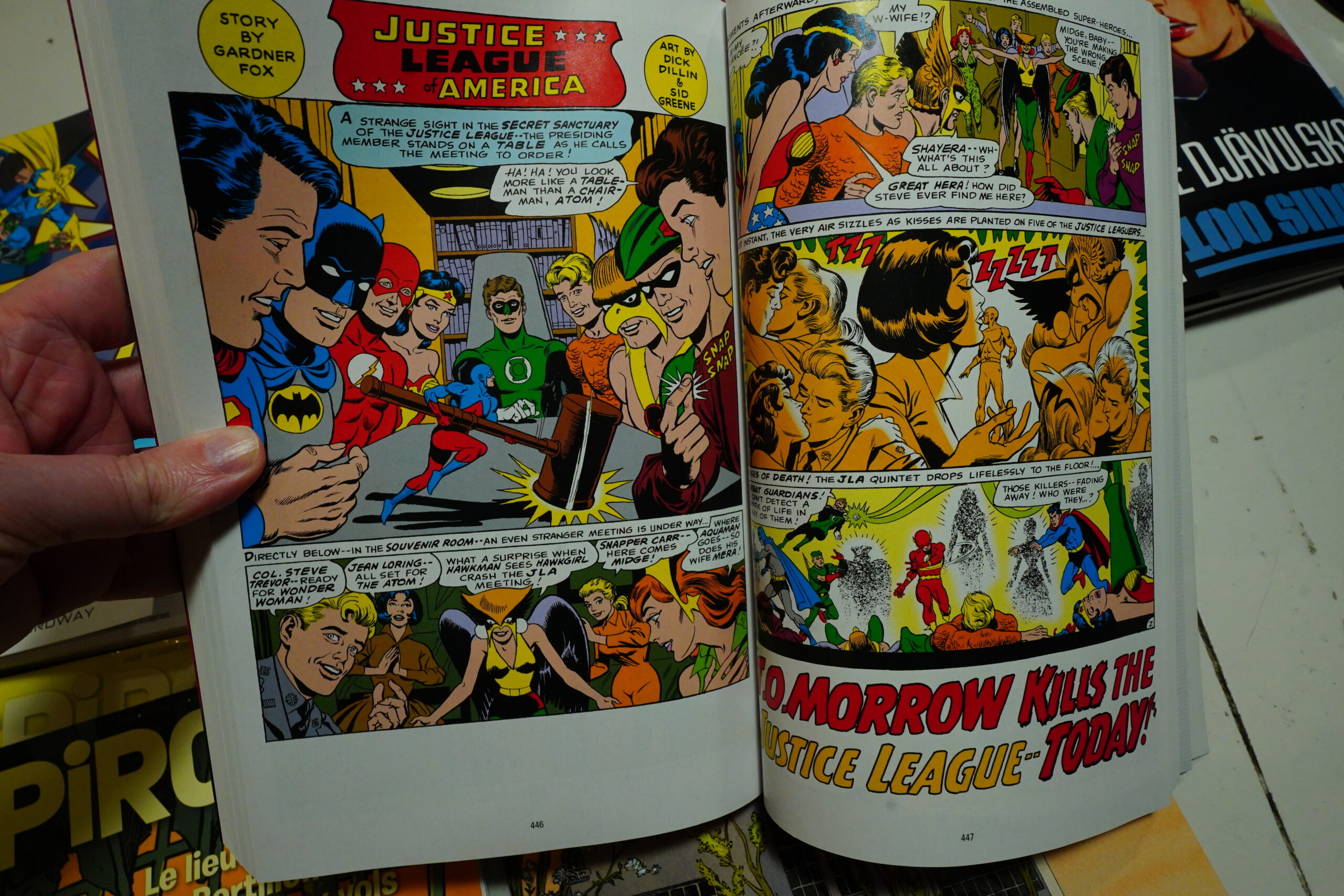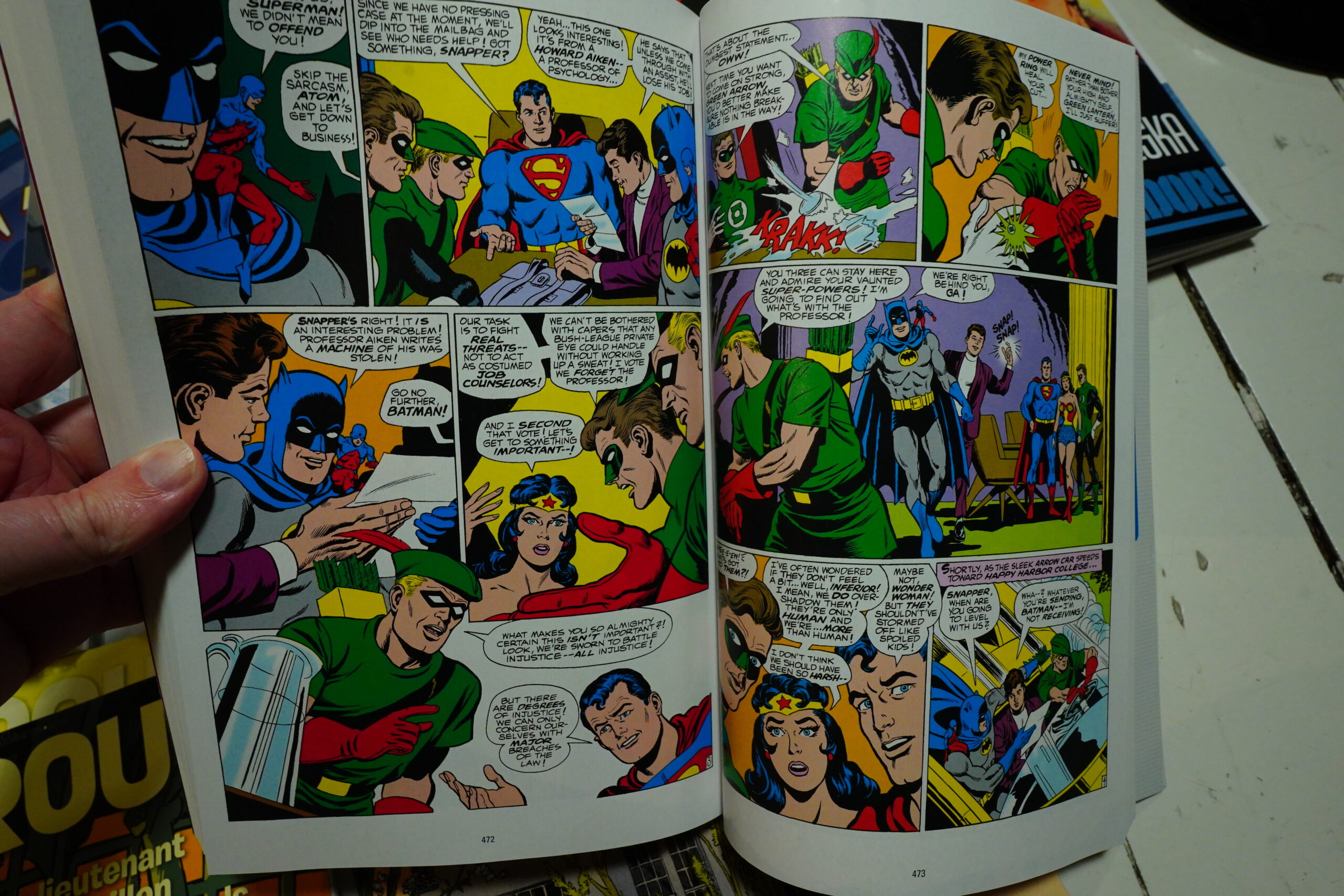Stuff Mixtape #424
Book Club 2025: Arkansas by John Brandon
I bought this in 2008 — for a handful of years back then I bought basically everything published by McSweeney’s. I had a subscription to the quarterly, of course, but I also snapped up the other books they published.
Half of the charm was the humour surrounding McSweeney’s, even if the books themselves weren’t “funny books”, and the other half was the impeccable design sense. These books are just gorgeous.
The only problem with these books are the innards. Yes, the typography is good, although the typefaces are sometimes too wispy, and look like they’ve been laser printed instead of actually printed. (Which surely can’t be true?) But they also use very very white paper, and that just looks wrong for such classic book design.
Oh, and the other part of the innards: The writing. Much of what McSweeney’s published (and possibly still publishes) is by debut writers… and it reads like it. Much of it’s just not quite there? So I stopped buying McSweeney’s books, but I’ve got a lot left that I haven’t read yet.
And… my previous experience with these books make me ditch them a lot faster than I would other books. I just have no confidence in McSweeney’s taste level. So I got to page 20 of this, and I was thinking “well, this isn’t too bad, but it’s not thrilling? should I go on?” and I ditched it.
Sorry! For all I know, it might be awesome. The first 20 pages were totally OK.
I somewhat preemptively joked that this book spoke in the Universal McSweeney’s Voice, as used by a lot of young authors seemingly seeking to avoid overly rich or impassioned style. But Arkansas actually seems like the proper use such for pared-down, precise, affectless prose.
Arkansas (2007) by John Brandon (buy used, 3.72 on Goodreads)
Book Club 2025: In the Teeth of Adversity by Marian Babson
I started this book last week while I had a cold, but then I suddenly got all better, and found it rather a chore to finish this book.
It’s not that it’s bad on sentence by sentence basis, but Babson here really goes for a P. G. Wodehouse-style farce, but also featuring cats, several dentists and two murders. It also feels oddly claustrophobic, as if this was originally intended to be a play.
She piles it on, but it doesn’t really help — it ends up being oddly static while being total chaos. I think I would have liked it a lot more if I still had a fever.
In the Teeth of Adversity (1990) by Marian Babson (buy used, 3.51 on Goodreads)
Random Comics
Here’s some comics I’ve read over the past few weeks. Mais d’abord, quelques mots que vous devez connaître.
Er, I mean…
This is the fourth Agence Hardy album by Pierre Christin and Annie Goetzinger…
… and it’s the chattiest one yet. Really, this French is above my level, so it took a couple hours to get through. The real problem is that it’s so chatty that there’s little room for Goetzinger’s art.
But there’s some. Pretty nice, eh?
I didn’t read any super-hero books in the 90s, so the events here were pretty puzzling to me.
Nice hairdo, Supes!
The entire book is pretty incomprehensible. This collects a big cross-over series that is Changing Everything Forever, and it consists of the cross-over issues from two dozen series, so we go over the same material over and over again, and… it was just to tiresome, so I had to ditch it after reading a handful of issues.
I’ve read a handful of Grixly issues, and Longboxes collects material from that series. But only the stuff that’s about dealing comics.
This is a pretty dense book. We get anecdote after anecdote about buying comics from dollar boxes in comic shops all over the US, and then flipping them on ebay. It’s interesting! And many of the anecdotes are amusing. But it’s an exhausting read. I don’t know how many pages there are, but there’s a lot, and it’s relentless.
It also starts to seem a bit disingenuous, because McDonough feels the need to justify what he’s doing several times, but without presenting a reason for why some shop owners don’t want flippers in their stores. Instead he just reiterates again and again that he’s just buying, and people should be glad somebody’s buying.
The argument against flippers is simple: Shops rely on their regular customers. Shops retain their regular customers by having a good selection of books, and having “good” books sprinkled into the $1 boxes is a way to provide a fun shopping environment for those customers. When somebody like McDonough stops by and goes through all their boxes, leaving nothing but the dregs behind, then that fucks this up.
But my grouchiness aside, it’s a fun book.
The meagre super-hero haul this month…
The best of them was the Superman book — it’s dynamic and manages to be interesting even if it’s mostly fighting.
OK, this isn’t super-hero, but the North/Charm Star Trek book is quite amusing. And I love how North explains how the captains’ logs happen (at the bottom of the page there).
I really thought the new Uncanny X-Men would be more fun than this. But the already have to fall back on various X-Men teams fighting each other, and that’s just sad. I think I’m going to ditch it.
I’m still reading this Swedish thing before bed.
It’s mostly Modesty Blaise reprints, but also other newspaper strips.
This is supposed to be Al Williamson? I think he must have had somebody ghosting for him (this is 1968).
The book also includes this execrable French series called “Noir Burlesque”.
I suddenly got a whole bunch of issues of Spirou in the mail. It seems like the mail between France and Norway isn’t as reliable as you’d imagine… Perhaps these are sent using a special, extremely low cost, low effort shipping method?
Unfortunately, Spirou is in a pretty bad place right now — there are no really excellent serials going on. Les cavaliers de l’apocadispe show up for a handful of pages in one issue, and that helps, of course — they’re hilarious.
None of the single page joke strips are what you might call “good”, but Game Over is the pire de pire — every week we get a “gag” that revolves around the main character dying (like in a game), but… the gags are never funny! It’s always just some random unfunny thing, like the two examples above. And I was shocked to see that this has been running in Spirou for 900 weeks now. 900 weeks! That’s 17 years!? Fuck! No wonder they’ve run out of jokes.
Among the worst of the serials is Tanis.
I hope this is a temporary dip — last autumn, I’d say two thirds of each issue was pretty spiffy, but now there’s very little.
This is from the mid 60s.
I know that Mike Sekowski has fans, and I see the charm.
But man, these stories (by Gardner Fox) are just random collections of random things until the pages run out.
So I had to skip towards the end of the book, and Dick Dillin takes over the art…
… and then Denny O’Neill takes over the writing, and things start to get readable. It’s still very silly, but the stories have something resembling a plot.
I love the idea that the Justice League sits around opening letters each month to see who they’re going out to help this time.
But only if there’s nothing else to do!
I think perhaps I’m not going to buy any more of these pre-70s DC reprint books, but I’d be up for some early 70s stuff, I think.
Anyway, that’s it.









